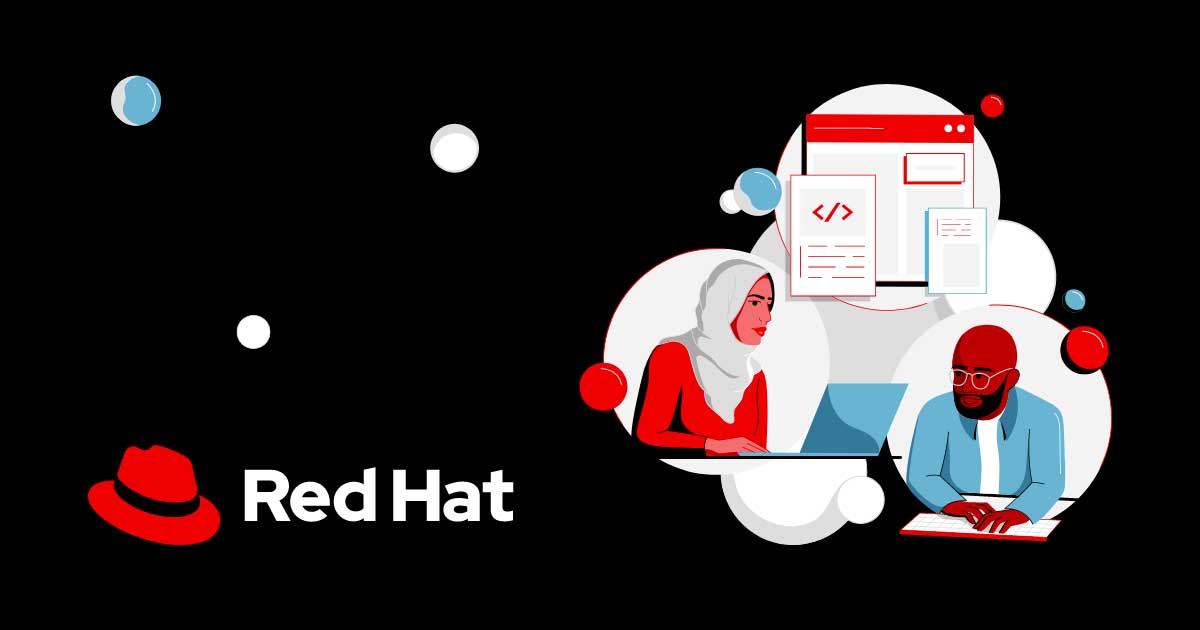Originally posted by k1e0x
View Post
So there are three file systems under Linux that can do boot environments. ZFS, Btrfs/LVM and Ostree/XFS. Ostree/XFS you see in Fedora project silverblue.
Really ZFS does not have as many advantages as one would think other than its per block protection. XFS being a part CoW file system with reflink means with software like ostree on top it can pull large number of the ZFS tricks but with higher overall performance.





Comment